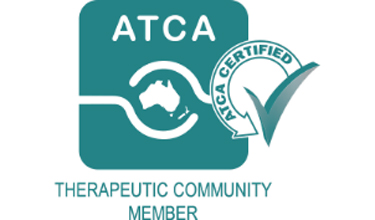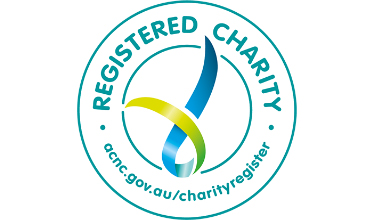A Therapeutic Community is a treatment facility in which the community itself, through self-help and mutual support, is the principle means for promoting personal change.
What is a Therapeutic Community?
“It is a living, breathing, learning experience.”
(DeLeon)
It is an idea as old as humanity but constantly changing with the times.
Each staff member is a part of the community. A staff member is not a ‘healer’ who stands apart from the community. Therefore, we talk about ‘resident members’ and ‘staff members’ of the community.
Staff members function as consistent and trustworthy rational authorities and as role models, facilitators and guides in the community-as-method approach and the self-help and mutual self-help learning processes.
The staff team is made up of trained professionals from varying backgrounds including Psychologists, Nurses, Case Workers, Counsellors, etc. Goldbridge also aims to have 50% of its employees with lived experience in addition to having professional qualifications.
A Therapeutic Community (TC) is very different to speaking to a GP, or attending other residential treatment facilities, like a hospital psychiatric ward. With those places it is assumed that they are the experts and you are a student. In a TC, the line is not so clear.
People in a TC are members, just like people are members in a society. This is different to people in hospitals who are seen as patients.
The social environment of a TC is designed to resemble an energetic village (De Leon, 2000: 119). TC members are residents of this village, not patients or clients. A resident may start as an outsider, but they quickly take an active role in the day to day running of things.
The main goal of this village is personal change, by supporting one another to find the answers or learn the skills necessary to make this happen. The process through which this change occurs is known by the term ‘Community as Method’.
The community is made up of the residents, the staff and the supervisors, working as a team to make the changes necessary to support the resident’s recovery.
It is an idea as old as humanity but constantly changing with the times.
Each staff member is a part of the community. A staff member is not a ‘healer’ who stands apart from the community. Therefore, we talk about ‘resident members’ and ‘staff members’ of the community.
Staff members function as consistent and trustworthy rational authorities and as role models, facilitators and guides in the community-as-method approach and the self-help and mutual self-help learning processes.
The staff team is made up of trained professionals from varying backgrounds including Psychologists, Nurses, Case Workers, Counsellors, etc. Goldbridge also aims to have 50% of its employees with lived experience in addition to having professional qualifications.
A Therapeutic Community (TC) is very different to speaking to a GP, or attending other residential treatment facilities, like a hospital psychiatric ward. With those places it is assumed that they are the experts and you are a student. In a TC, the line is not so clear.
People in a TC are members, just like people are members in a society. This is different to people in hospitals who are seen as patients.
The social environment of a TC is designed to resemble an energetic village (De Leon, 2000: 119). TC members are residents of this village, not patients or clients. A resident may start as an outsider, but they quickly take an active role in the day to day running of things.
The main goal of this village is personal change, by supporting one another to find the answers or learn the skills necessary to make this happen. The process through which this change occurs is known by the term ‘Community as Method’.
The community is made up of the residents, the staff and the supervisors, working as a team to make the changes necessary to support the resident’s recovery.





